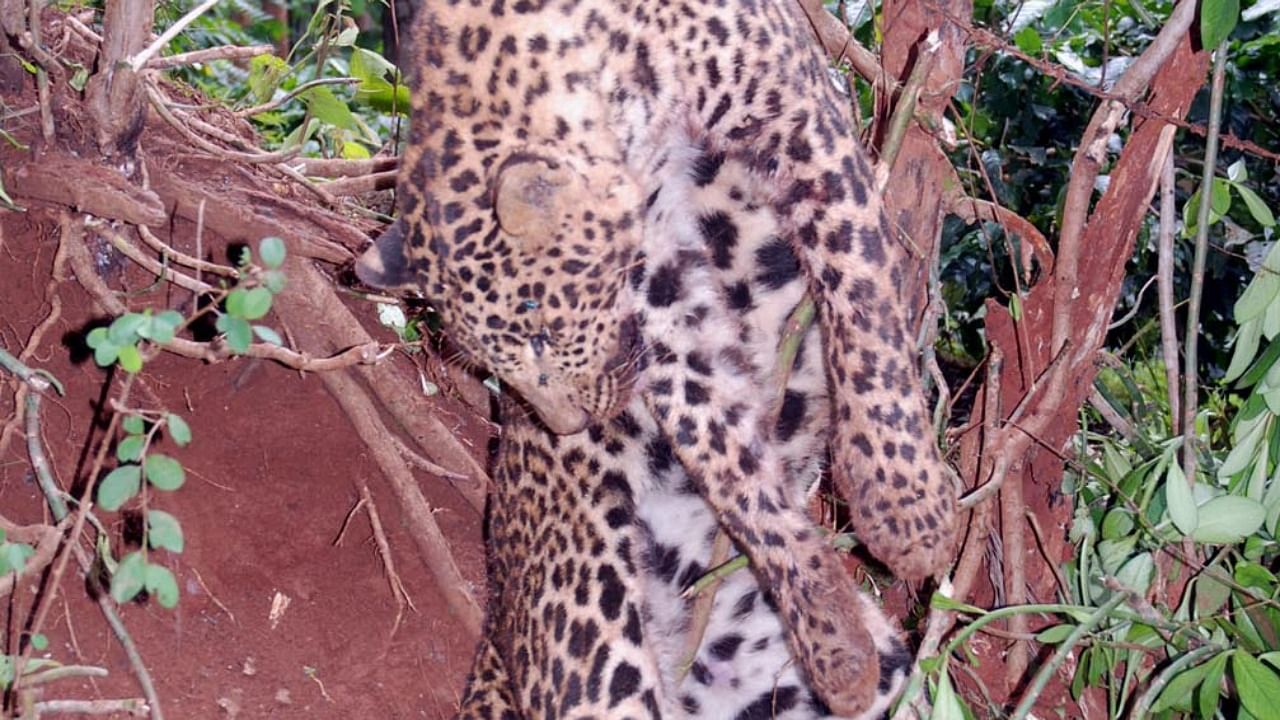
Wire snares have turned out to be silent killers of leopards, with a study showing that about 60per cent of the big cats succumb to injuries caused by the cheap but deadly trap, most of which are set up to catch wild boars.
Researchers from the Nature Conservation Foundation analysed 113 reported incidents of leopards snared across Karnataka from January 2009 to December 2020. Though non-linear, the number of such incidents has gone up multifold from three in 2009 to 13 in 2015. Amid the pandemic, nine incidents were reported last year.
The study looked into the reason for snaring in 78 incidents and found that protection of livestock accounted for only two (2.5per cent) incidents. The dominant reason for setting the snares was for killing wild boars at 66.7 per cent (52 incidents) followed by other wildlife (30.8per cent).
As wild boars are blamed for crop loss, farmers intensify efforts to snare them during the monsoon and post-monsoon period. Leopards have become incidental casualties in this conflict. Of the 113 leopards captured in snares, 59 (52per cent) died at the location of snaring. Six rescued by officials succumbed at rehabilitation centres and two others that were released into the wild were found dead, taking the total mortality to 67 or 59.3per cent.
Wildlife biologist Sanjay Gubbi, who led the study, noted that conservation has become a challenge due to changing dynamics in the man-animal conflict and erosion of natural habitats. "Unlike a gun, the snare doesn't make a big sound. Some of the leopards die even after the rescue because snares (built by thin metal wires) cause internal injuries besides the exhaustion and dehydration caused by adrenaline," he said.
The study, while stressing that the number of snaring incidents could be much higher than reported, identified seven districts that accounted for about 78per cent of the reported incidents — Dakshina Kannada (15per cent), Mysuru (14.2per cent), Chikkamagaluru and Udupi (11.5per cent), Hassan (10.6per cent), Tumakuru and Ramanagar (7.1per cent).
Gubbi said there was an urgent need to launch a full-scale conservation effort directed at leopards, which will indirectly benefit other large carnivores like sloth bear and striped hyena. "A large number of these incidents (55per cent) are happening outside protected areas where the density of human population is high. This tells us that conservation efforts should focus on wildlife outside protected areas," he added.